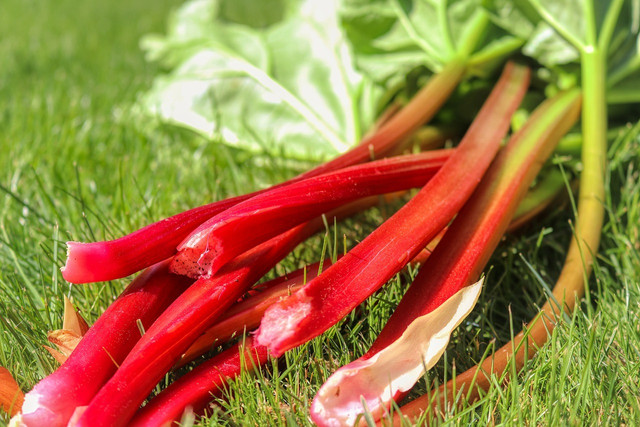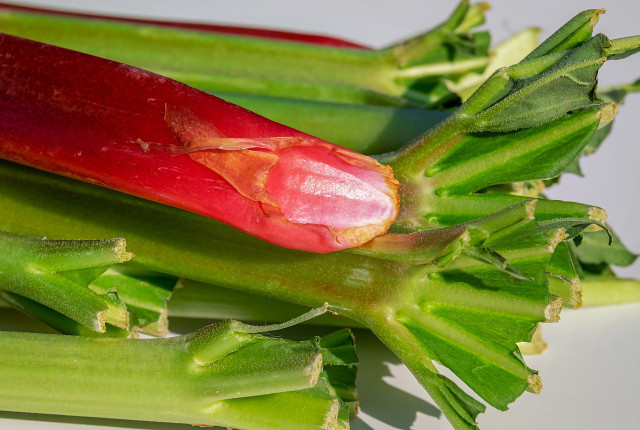In this guide, we'll show you how to freeze rhubarb so that you can store it correctly and increase its shelf life. You can freeze it either fresh or blanched.
Rhubarb is a perennial vegetable that is primarily grown in Washington, Oregon and Michigan, and is best known for its fleshy red stems. Despite being grown in various locations in America, this much-loved vegetable is actually native to China, dating back to as early as the 16th century, when it was used medicinally.
Nowadays, rhubarb is commonly used in cooking — more notably in sweet dishes (although there are plenty of savory rhubarb recipes). It has a sour and tangy flavor, meaning that it pairs well with fruit dishes which contain sugar. However, you may find that you end up with more than your recipe requires, so we’ll show you how to freeze rhubarb for later use.
How to Freeze Rhubarb

(Foto: CC0 / Pixabay / planet_fox)
Luckily, freezing rhubarb is fairly simple. You can freeze it both fresh and blanched. Blanching your rhubarb stalks before freezing is one of the most effective ways to retain the quality of the vegetable in terms of texture and color. Here is a guide for how to freeze rhubarb:
Start by removing the rhubarb leaves and scrubbing off any dirt under cold water. Cut the rhubarb into small pieces, then follow the steps below. Blanching is optional, but it helps to retain the quality of your rhubarb.
- To blanch: Drop your cut pieces of rhubarb into a pot of boiling water and cook for one minute. Remove the pieces immediately and transfer them to a bowl of ice water for a couple of minutes. Drain them and pat them dry.
- To freeze: Spread your rhubarb pieces out onto a freezer-proof tray and place them in your freezer for one to two hours until the pieces are solid frozen. Once solid, transfer them into a tightly sealed container and store in the freezer. You can use beeswax wraps or stainless steel containers, which are both eco-friendly options.
It is important to look out for freezer-burn and ice crystals, as it is probably a sign that your rhubarb is past its prime. This usually happens when it has been kept in the freezer for a long period of time. We recommend that you use your frozen rhubarb within one year.
You could also try freezing fresh onions if you use them often in your cooking. This will help to cut down on the amount of food waste that you produce.
https://utopia.org/guide/how-and-when-to-harvest-rhubarb/
Tips for Using Frozen Rhubarb



(Foto: CC0 / Pixabay / Couleur)
Here are some important tips that you should keep in mind when using frozen rhubarb in your cooking:
- For meals where rhubarb is served raw, it is best to use fresh rhubarb. Frozen rhubarb can turn soggy once defrosted and may not be at its highest quality.
- When cooking with rhubarb, you can add it directly to recipes without needing to defrost it first. This will help to maintain the quality of the rhubarb and keep it from disintegrating quickly.
- You can also use rhubarb leaves around the house, so feel free to freeze those and save them for later use.
You can also freeze vegetables such as fresh green beans, among a variety of others.
Read more:
- Freezing Carrots: Helpful Tips and Tricks
- How to Freeze Spinach: Preserving Freshness
- How to Freeze Soup: Methods, Tips and Tricks
** Links to retailers marked with ** or underlined orange are partially partner links: If you buy here, you actively support Utopia.org, because we will receive a small part of the sales proceeds. More info.
Do you like this post?






